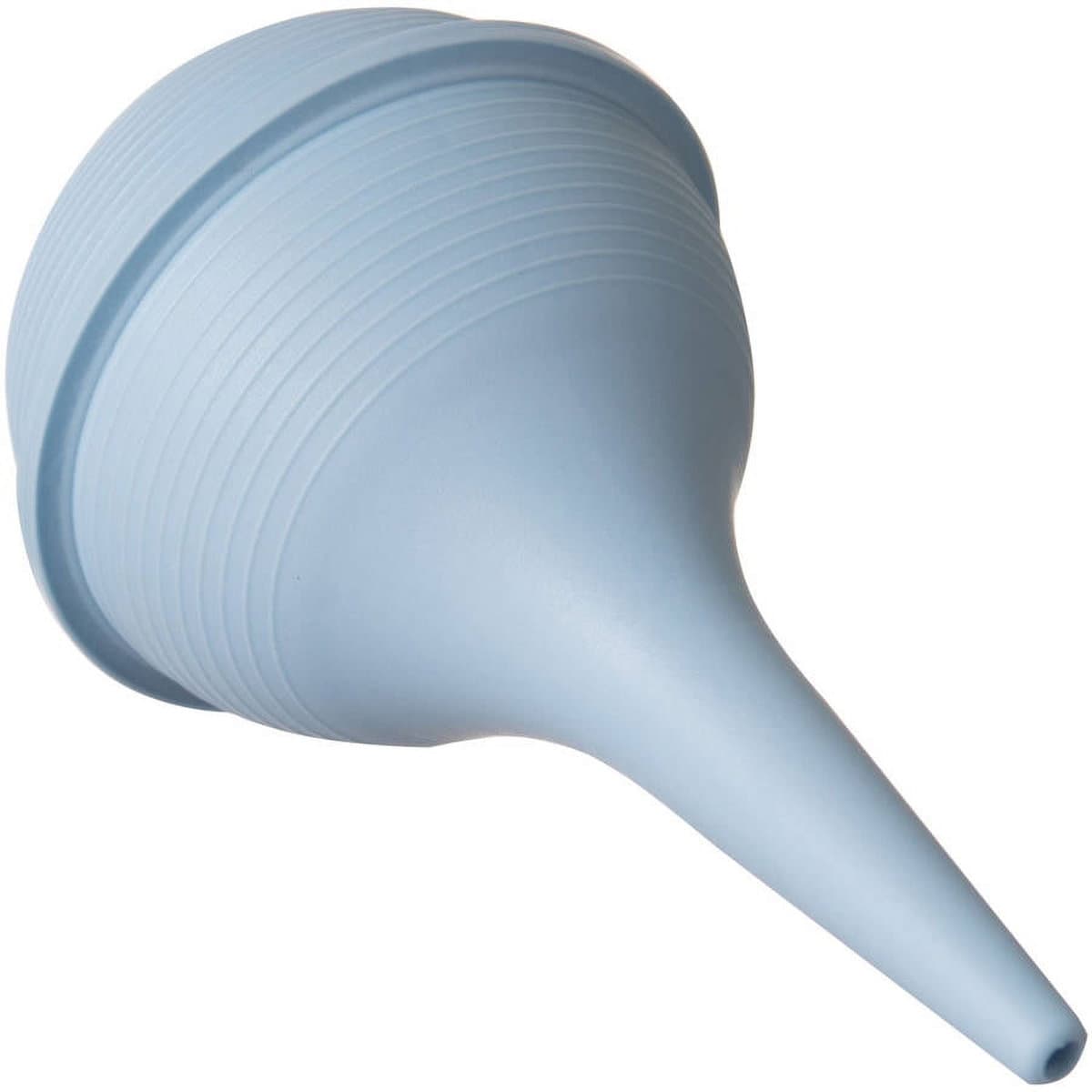Gentle Relief: A Parent’s Guide to Using a Nasal Aspirator on Newborns
Welcome to the snuggly world of parenting! If you’re cradling a newborn, you know that every coo, cuddle, and even the tiniest sneeze is precious. But sometimes, those sneezes might signal that your little one is struggling with a stuffy nose. No need to fret, dear parent! We’ve got your back—or better yet, your baby’s nose! Introducing the gentle, loving art of using a nasal aspirator on your newborn. Take a deep breath (pun intended!), and let’s dive into this clear-nosed adventure!
What is a Nasal Aspirator?
A nasal aspirator is a handy little device designed to clear your infant’s tiny nostrils from mucus, helping them breathe easier. Think of it as a miniature vacuum cleaner for your baby’s nose. It’s perfect for when they have a cold, allergies, or just need a little help clearing their nasal passages. There are different types of aspirators: bulb syringes, electric, and manual suction devices. Each has its place in your parenthood toolkit, offering a sniffle solution for every situation.
Choosing the Right Nasal Aspirator
Before we get into the how-to’s, let’s talk about choosing the right aspirator. You’ll want something gentle, easy to clean, and appropriate for your baby’s delicate nostrils. An electric nasal aspirator comes with varying suction levels and is typically battery operated—great for a thorough, hands-free clean. Manual aspirators give you control over the suction strength and typically involve a tube with a mouthpiece for you to apply suction.
Bulb Syringe: The Classic Choice
- Pros: Simple design, low cost, widely available.
- Cons: Can be harder to clean, less control over suction.
Electric Aspirator: The Power-Packed Option
- Pros: Offers consistent suction, often comes with multiple tips and settings.
- Cons: May be noisier, more expensive.
Manual Suction Aspirator: The Controlled Approach
- Pros: You control the suction strength, usually includes a filter to prevent germ transmission.
- Cons: Requires more effort, not as easy to use if you’re squeamish.
Step-by-Step Guide to Using a Nasal Aspirator
Now, let’s get to the step-by-step magic of relieving that stuffy nose. Here’s how to use a nasal aspirator like a pro:
Step 1: Prepare Your Tools
Before you begin, make sure your aspirator is clean and ready to use. Have everything you need within arm’s reach, including tissues, saline nasal drops (if recommended by your pediatrician), and of course, a cozy place to comfort your baby.
Step 2: Create a Calming Environment
Choose a quiet, well-lit room and hold your baby in a comfortable position. You may want to place them on your lap with their head tilted slightly back. The key here is to keep your newborn relaxed and reassured, so lots of soothing coos and gentle strokes are highly encouraged.
Step 3: Apply Saline Drops If Needed
If your doctor has given the thumbs up, you can use saline drops to soften any dried mucus. These are especially helpful if your baby’s nasal congestion seems more stubborn. Just a drop or two should do the trick. Give it a moment to work its moistening magic!
Step 4: Time for Aspiration
Now, carefully insert the tip of the nasal aspirator into one nostril—don’t worry, you’ll only need to put it in a tiny bit. For bulb syringes, you’ll first squeeze the bulb to expel the air, place the tip at the nostril entrance, and then gently release the bulb to create suction. With electric or manual devices, just follow the user guide to ensure safe suction.
Remember, you’re doing this out of love, and while it might be a bit unfamiliar at first, it won’t be long until you’re both breathing sighs of relief. And after you’ve gently cleared one nostril, it’s time to repeat the process on the other.
Step 5: Comfort and Clean
Once you’ve finished, it’s time for some well-deserved cuddles. Comfort your baby with a warm embrace and a few loving words. Then, clean your aspirator according to the manufacturer’s instructions—it’s very important to keep it sanitary for next time!
In the next section, we’ll share some pro tips for keeping the process smooth and stress-free, along with how to maintain your nasal aspirator, and ways to prevent future stuffiness. Stay tuned, because ensuring your little one’s breath of fresh air is just a few clicks away, and we’re here to make the journey as serene as a baby’s dream.

5 Things Parents Should Know in Preparing for Nasal Aspiration on Newborns
Before you embark on the sniffling-to-smiling journey with your nasal aspirator, here are five golden nuggets of know-how to pocket for a sniffle-free experience:
1. Keep Calm and Aspirate On
Your mood sets the tone. Babies are intuitive little beings and can pick up on your emotional state. Approach the process with calm and positivity to help your baby stay relaxed. Practice a few rounds of gentle breathing before you start; your serenity is contagious, and your little one will thank you for the tranquility.
2. Have a Clean Aspirator, Always
Sterile tools mean a healthy baby. Before and after each use, ensure that your aspirator is impeccably clean. This will prevent the spread of germs and keep your baby’s nasal passage as pristine as their health. Most aspirators can be easily cleaned with some warm soapy water or according to the specific care instructions provided by the manufacturer.
3. Perfect Your Technique with Practice
Practice makes perfect – and less fussy babies. If this is your first time using a nasal aspirator, don’t hesitate to practice a few times to understand the suction power and how it works. You can practice with the bulb syringe on your hand to get a feel of the suction without causing discomfort to your baby.
4. Observe for Any Sign of Discomfort
Babies can’t tell you if they’re uncomfortable, so it’s up to you to watch for cues. If you notice any signs of discomfort or distress, gently remove the aspirator and give your baby a break. Sometimes, a little cuddle or a soothing word is all they need before you can try again. Remember, patience is your best friend during this process.
5. Never Forget the Aftercare
A happy nose is a hydrated nose. After aspiration, keeping your baby’s nasal passage moist is crucial. You can use saline drops to maintain moisture or even a humidifier in the room to promote a more breathable environment. Also, keep your baby well hydrated to help thin out the mucus naturally.
Applying these tips will make the aspiration process smoother and more effective, ensuring both you and your baby are well on your way to a snot-free, happy day!
Remember, you are your baby’s first hero in this sniffle saga. With the gentle guidance of this guide and your tender touch, you’ll tackle nasal congestion like a seasoned pro. Embrace each moment, because every breath your baby takes is a thread in the fabric of beautiful beginnings.
No question is too small, no sneeze is too sneaky when it comes to the wellness of your little one. In the following sections, we’ll cover advanced tips for nasal aspiration, troubleshooting common challenges, and additional ways to keep those tiny nasal passages clear and your baby breathing easy.
So keep snug and carry on—you’ve got a clear path to mastering the art of the gentle sniffle swipe. Breathe easy, dear parent. Your newborn’s nose is in nurturing hands.
For more great articles please see here. For more information see here
Disclaimer
The articles available via our website provide general information only and we strongly urge readers to exercise caution and conduct their own thorough research and fact-checking. The information presented should not be taken as absolute truth, and, to the maximum extent permitted by law, we will not be held liable for any inaccuracies or errors in the content. It is essential for individuals to independently verify and validate the information before making any decisions or taking any actions based on the articles.




